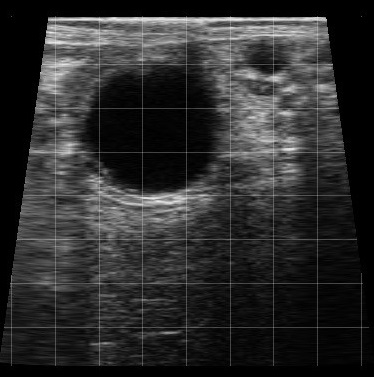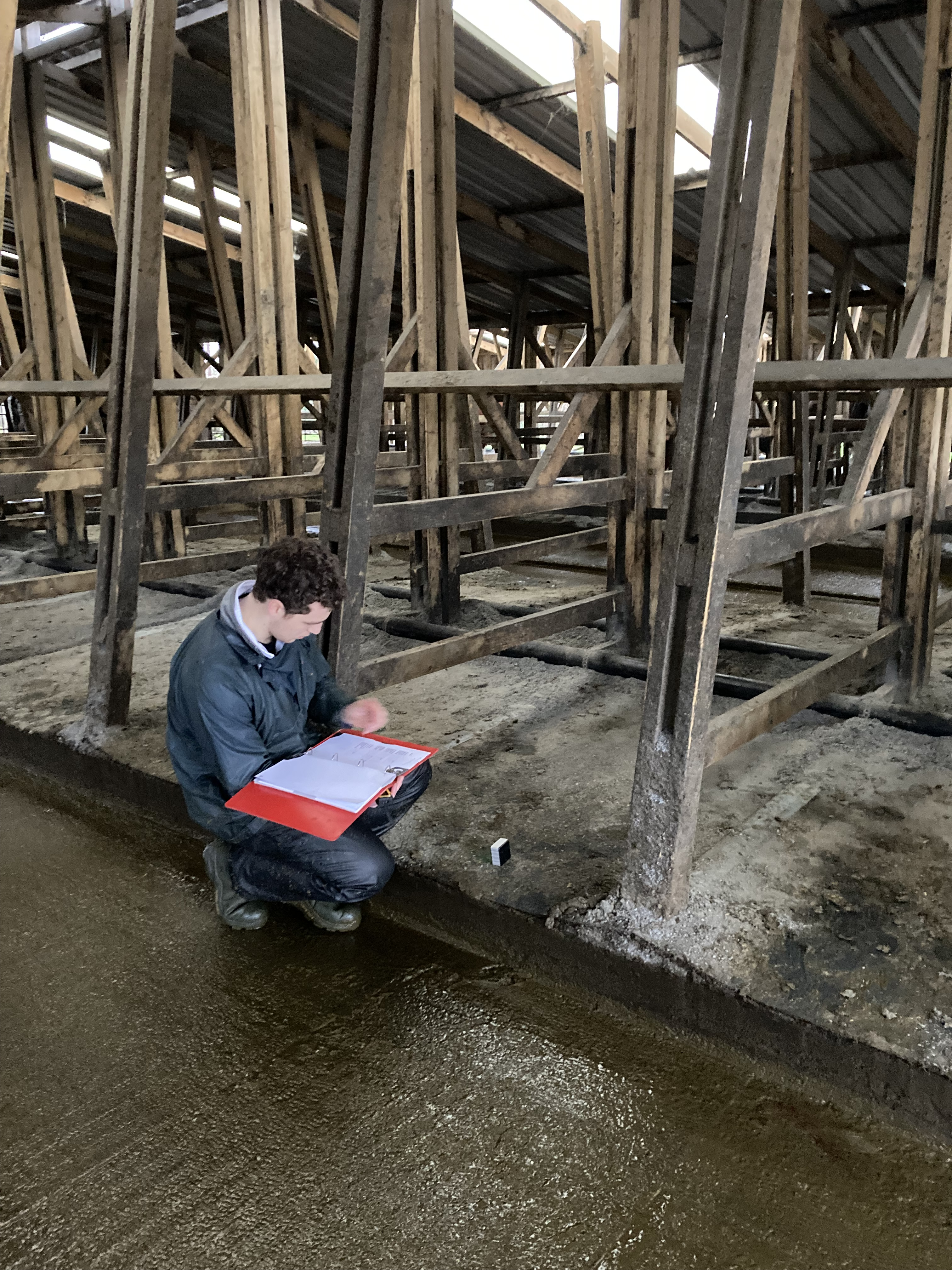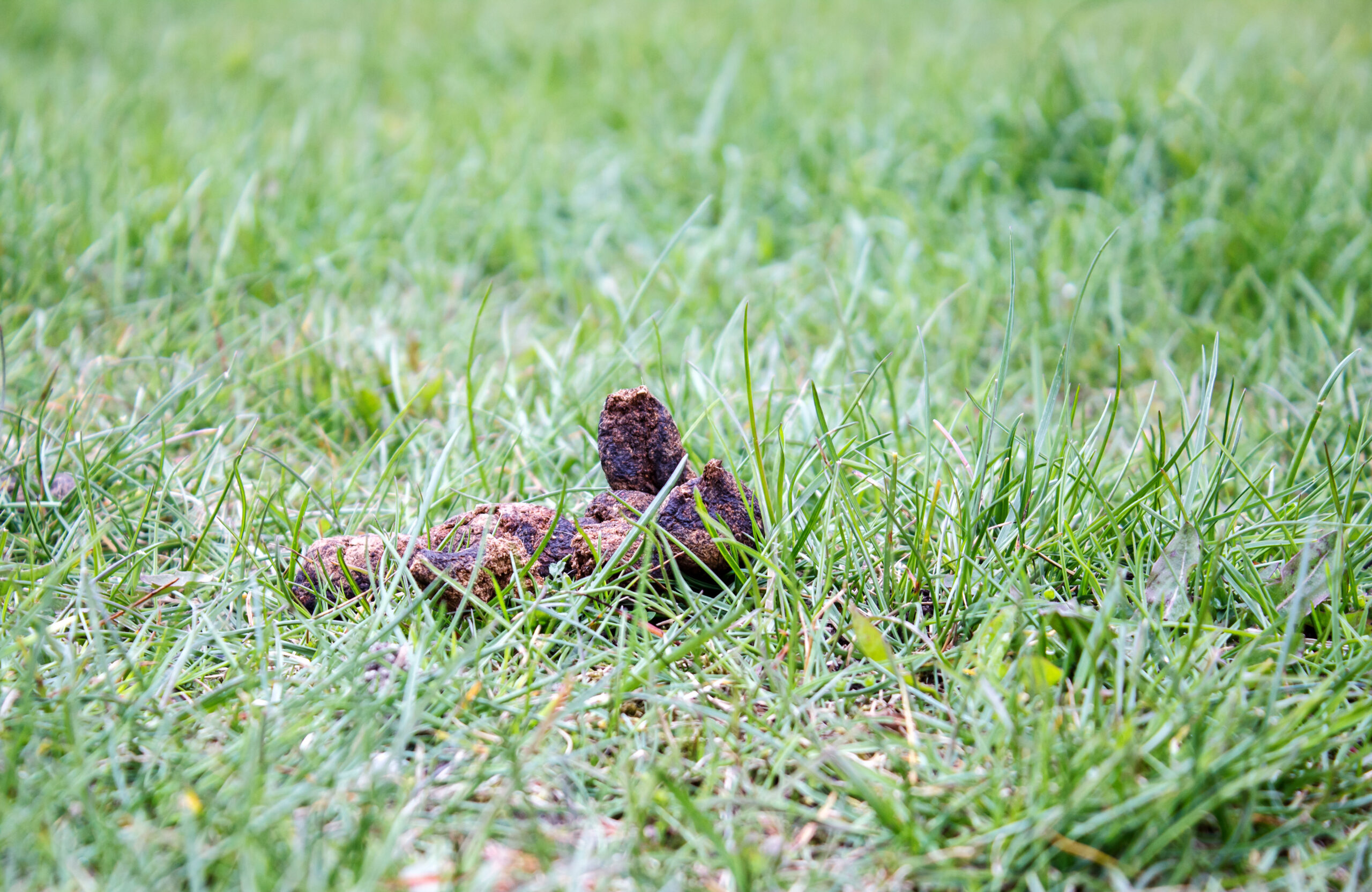Mastitis causes greater economic losses than any other production disease of dairy cattle. Some of these costs are clearly visible and include the medicines used for both treatment and prevention, discarding unsaleable milk and culling affected cows. In addition, milk price is directly affected by both bonuses and penalties related to bulk milk somatic cell count (BMSCC). However, in most herds by far the biggest costs associated with mastitis are due to the impact on milk yield. In many cases these costs are not immediately obvious and as a result are not always fully appreciated.
Mastitis can be divided into both clinical and subclinical forms. Clinical mastitis causes visible changes in the milk and may also involve swelling of the udder. In subclinical mastitis the milk and udder appear normal but the cell count is increased. Both forms are associated with a significant loss in yield.
A study carried out in Sweden looking at daily production records demonstrated that the yield of cows affected by clinical mastitis starts to drop between two and four weeks before the condition is even detected. By comparing the actual and expected yields of affected cows it was shown that yields are lower throughout the duration of the disease and beyond, right up to the end of the lactation. This long term affect explains how an average case of clinical mastitis is associated with a total loss of 510 litres of milk. This accounts for the majority of the cost, for which the current estimate for the average case in the UK is £244.
Furthermore, significant losses also occur due to subclinical mastitis which is the main cause of an increased BMSCC. Herd yield has been estimated to fall by around 2.5% for every increase of 100,000 cells over a BMSCC of 200,000. This may not sound like a lot but across the whole herd it can add up to a major financial loss.
Estimating the cost of mastitis in your herd
It is essential to understand how much mastitis is costing your business in order to allocate an appropriate amount of resources to its prevention and control. The key pieces of information required are your BMSCC and mastitis case rate.
BMSCC data is readily available on all dairy farms but mastitis case data is not always fully recorded in a way that is easy to access. One way to provide a useful estimate of mastitis cases is to look at your usage of mastitis tubes. We have recently collated this information for all of our clients and it is available from the practice so please ask your vet for your figures.
Your herd data can then be entered into a mastitis cost calculator, such as the one provided by Kingshay Dairy Consultants. This uses your data alongside information from the latest scientific research to estimate the financial impact of mastitis in your herd.
For a typical 200 cow UK herd with the average mastitis case rate of 32 cases/100 cows/year and a BMSCC of 162,000 the total cost comes to £15,594 per year. £11,669 of this is due to production losses in affected cows. In a similar herd which also has a problem with subclinical mastitis and has a BMSCC of 250,000 the total cost increases to £25,029 due to the associated reduction in yield and SCC penalties. This is equivalent to £125.14 per cow or 1.4 ppl.
For a typical 200 cow UK herd with the average mastitis case rate of 32 cases/100 cows/year and a BMSCC of 162,000 the total cost comes to £15,594 per year.
Reducing the mastitis case rate from the average of 32 to an achievable target of 20 cases/100 cows/year would save over £5000 per year for a typical herd. The best way to achieve this will vary considerably between farms. We have a number of vets who are trained to deliver the AHDB Mastitis Control Plan, a systematic approach to identifying the most effective way to improve udder health on your farm. Please ask your vet for further details.












Leave A Comment